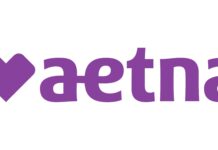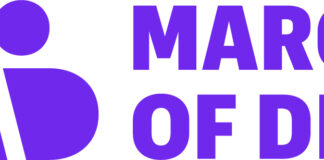SILVER SPRING, Md., Sept. 1, 2016 /PRNewswire-HISPANIC PR WIRE/ — September is National Childhood Obesity Month. To help young people make healthy dietary choices, the U.S. Food and Drug Administration (FDA) encourages kids to Read the Label!
Experience the interactive Multimedia News Release here: http://www.multivu.com/players/English/7770751-fda-national-childhood-obesity-month/
The Nutrition Facts label is a simple tool available on food and beverage packages. It lets kids know exactly what they’re eating and helps them choose and compare snacks and other foods. The earlier kids start using the Nutrition Facts label, the sooner they’ll be making choices that keep them feeling great and on the path to long-term good health!
Learn more at:
http://www.fda.gov/Food/IngredientsPackagingLabeling/LabelingNutrition/ucm20026097.htm
http://www.fda.gov/Food/IngredientsPackagingLabeling/LabelingNutrition/ucm281746.htm
NOTE: The FDA has issued final changes to update the Nutrition Facts label for packaged foods to reflect the latest scientific information, including the link between diet and chronic diseases. The FDA will continue to educate consumers on all aspects of the new label, emphasizing the major changes and improvements that will be seen over the next two to three years. For more information, see Changes to the Nutrition Facts label.
Young people can follow these tips to get started – and they will soon see how easy reading the label really is! Parents, caregivers, and others who interact with kids can also help model label-reading by following these key steps:
- Check the serving size. All of the nutrition information listed on the Nutrition Facts label is based on one serving of the food. But, it’s common for one package of a food to contain more than one serving. For example, if a package contains two servings and you eat the entire package, you are consuming twice the amount of calories and nutrients listed on the label. So be sure to check!
- Consider the calories. To maintain a healthy weight, it’s important to pay attention to the calories. The goal is to balance the number of calories you consume with the number of calories your body uses. As a general rule, 400 calories per serving for a single food item is high and 100 calories is moderate.
- Choose nutrients wisely. There are certain nutrients that young people should aim to get “less of.” These are saturated fat, sodium, and added sugars. Kids can use the Percent Daily Value (%DV) on the Nutrition Facts label to find foods that are lower in saturated fat and sodium. The %DV for added sugars will be on the new Nutrition Facts label. Here’s an easy guideline: 5% DV or less of a nutrient means the food is low in that nutrient, and 20% DV or more means it’s high!
Kids can start using the Nutrition Facts label today to compare foods and make smart snack choices. By knowing a food’s serving size, calories, and nutrients – they can take charge of managing their own healthy diet!
Contact: Media: 1-301-796-4540 Consumers: 1-888-SAFEFOOD (toll free)






